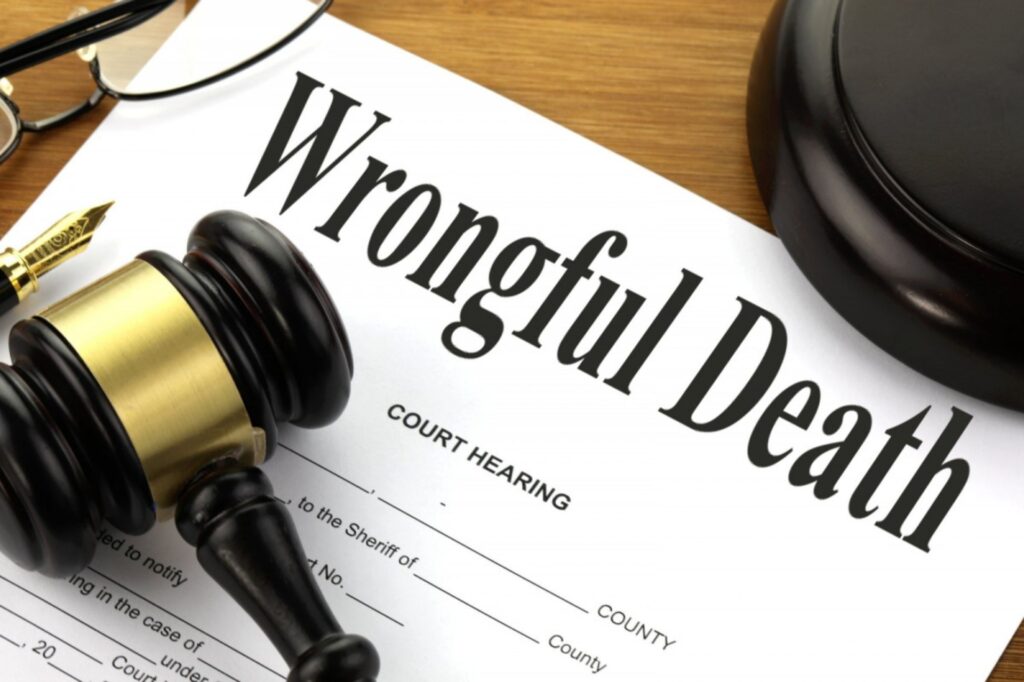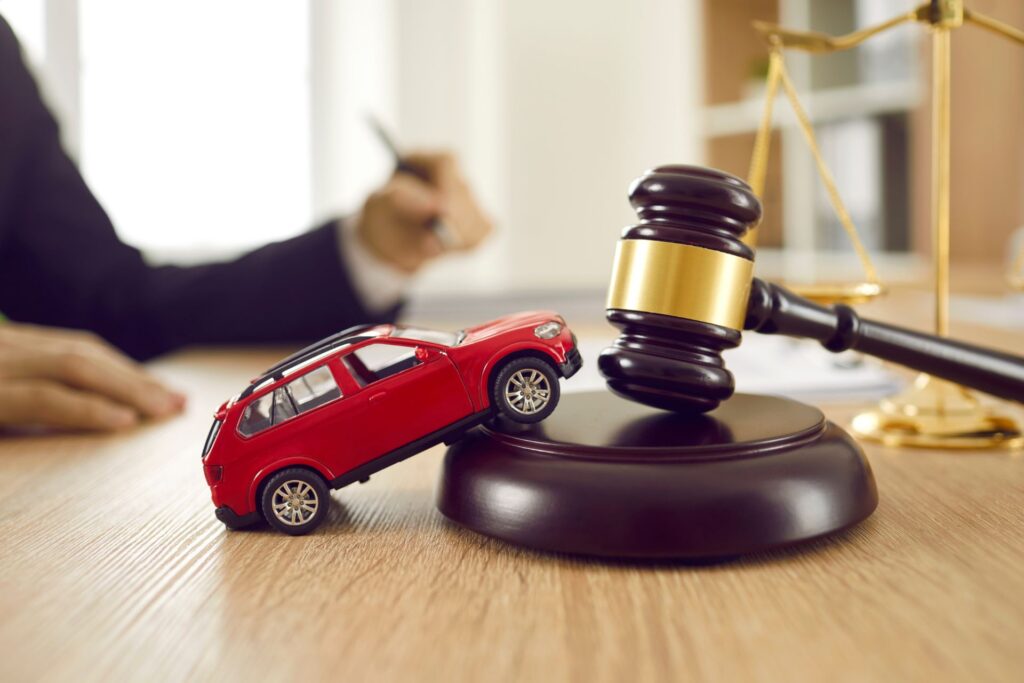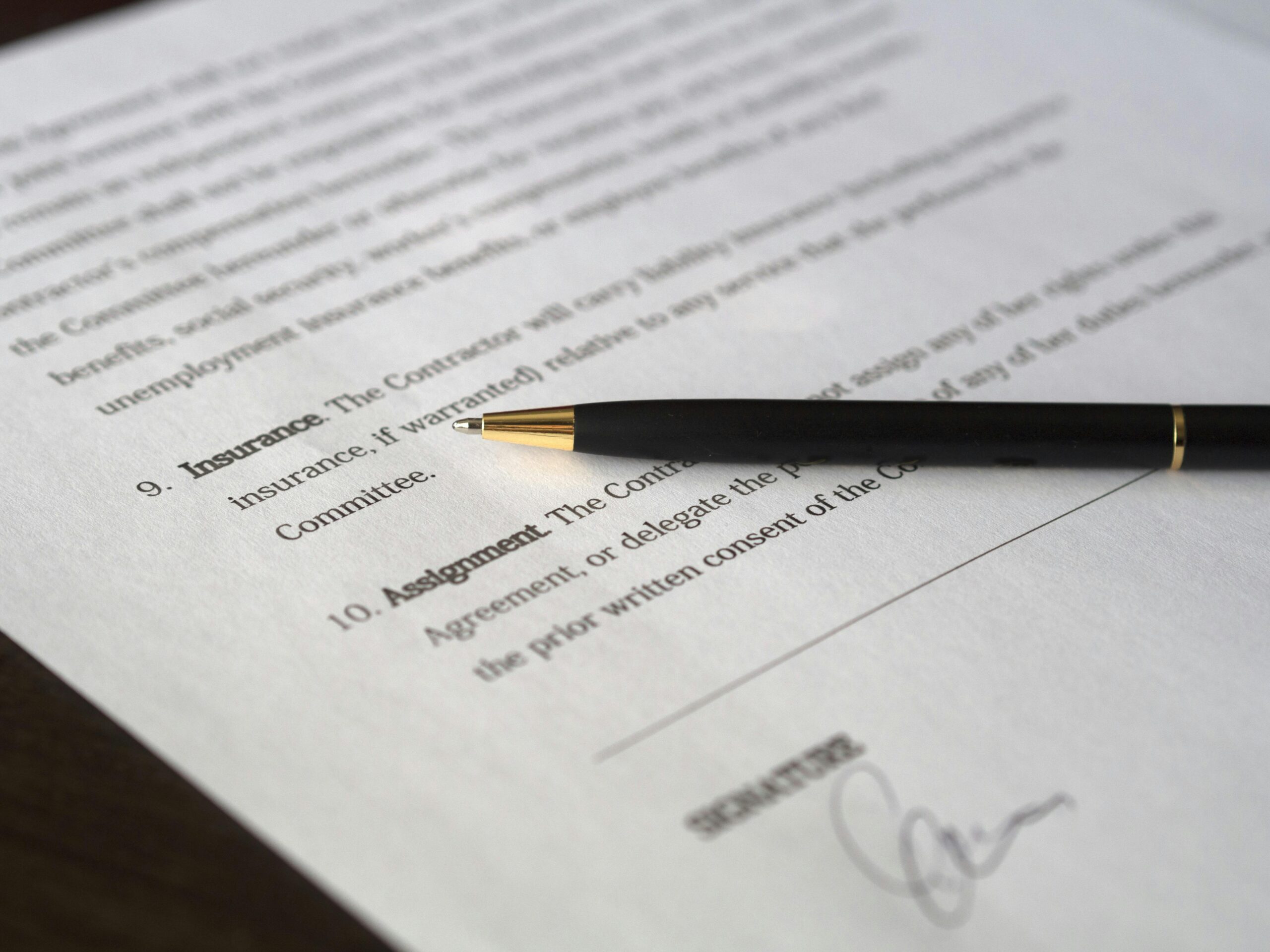Now Reading: One Road, Many Rules: Legal Complications in Mixed Traffic
-
01
One Road, Many Rules: Legal Complications in Mixed Traffic

One Road, Many Rules: Legal Complications in Mixed Traffic
Cars thread through busy avenues, scooters press close to the curb, and bikes glide between stopped traffic all at once. What seems like regular movement turns messy when different speeds and rules collide. These clashes also raise questions about who should yield, who should watch out, and what really counts as carelessness.
How Speed Gaps Between Vehicles Increase Legal Confusion
When a speedy ride overtakes a slow-moving cycle, an impact can happen in a blink. Judges must sort out whether the fast operator was reckless or if the slowdown itself posed risks no one could avoid. Courts often struggle because traffic rules do not spell out exactly how much slower is too slow. Imagine a kick scooter swerving around a pothole and brushing past a sedan; who should have been more careful? These gray areas leave verdicts unpredictable and can flip blame depending on local codes or a judge’s gut feeling.
Lane Positioning and Shared Space: Where the Lines Blur
Road markings do not always line up with actual use, and these gaps cause trouble. A painted cycling strip may vanish at a big junction, or a wide shoulder can lure e-scooters even if they are not allowed. A car merging where a cyclist pedals could be within its rights, yet a crash there forces courts to weigh real actions against technical rules.
Right-of-Way Myths That Fuel Mixed-Vehicle Collisions
Lots of people believe larger or faster autos automatically get priority, while others think walkers or cyclists always win. The truth is that rules change by situation, and when everyone is convinced they go first, trouble follows. Fortunately, judges dig into when signals flashed, who moved first, and where everyone stood. Some areas lean toward protecting two-wheelers, others favor cars. Some priority cases even end up in long battles, with each side poking holes in the other’s assumptions.
When “Following the Rules” Still Leads to a Crash
A walker crosses at the right spot, a scooter signals a turn, and a driver keeps their pace, yet an impact happens. These scenes show that obeying the laws does not always keep you safe. Courts will often look deeper at things like sight distance, reaction time, and weather to decide if everyone really did their best. This is also why reaching out to experts familiar with both your area and type of case is key. For example, Greensboro serious motorcycle accident victims should work with a specialized legal team.
These clashes expose how black-and-white codes struggle with real-world gray. A pedal-assist bike on its own path might still get struck because a motorist never expected it. Or a pedestrian in a marked crosswalk could get hit due to a hidden blind zone. Officials must judge whether sticking to the rules was enough, or if folks needed to exercise more caution.
Endnote
As roads fill up with various vehicles, the gaps between what is allowed and what is safe keeps growing. Blaming just one rider will not cut it; systems must evolve. Otherwise, moving through these mixed spaces will always carry risks no single set of rules can fully solve.









